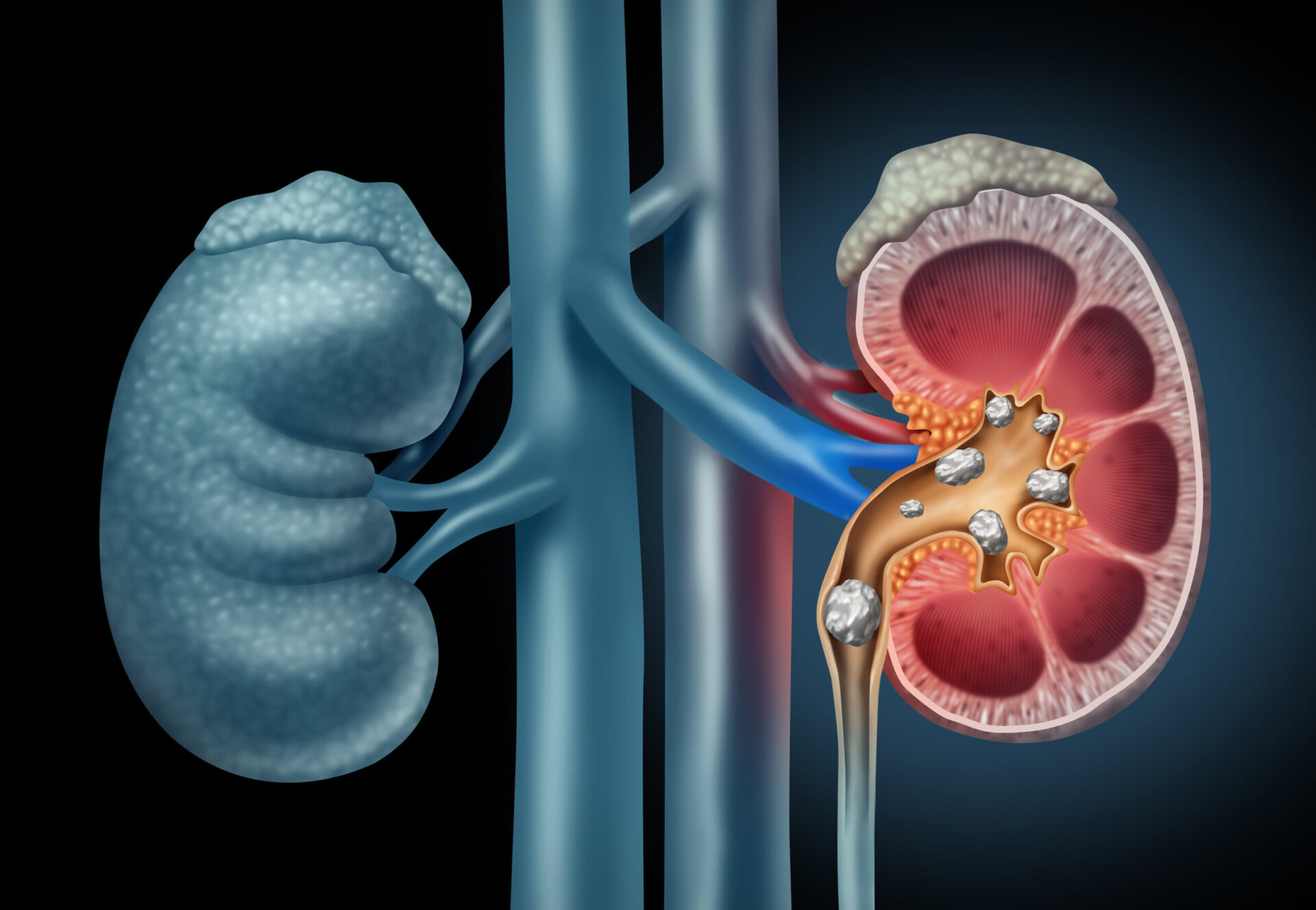Surgeons have successfully transplanted a pig kidney into a person for the first time, laying the groundwork for future research into alternative methods of getting life-saving organs to thousands of patients on the waiting list.
According to the US Department of Health and Human Services, over 100,000 men, women and children are on the national transplant waiting list and 17 people die in the US every day waiting for an organ. Over 80% of these patients are waiting for a kidney. In 2020, over 91,000 individuals in the US needed a kidney transplant, but only 23,000 received one. The need for organ sources other than human organ donors is pressing.
Genetic engineering and cloning work conducted during recent years led surgeons at NYU Langone Transplant Institute to design the kidney that was transplanted during the procedure in September 2021. The source pig was genetically engineered to grow an organ unlikely to be rejected by the human body. The kidney was then attached to a patient on life support with no detectable brain activity, with the family’s consent. The kidney was connected to the recipient’s blood vessels and was maintained outside her body for examination.
Doctors observed the patient and the kidney function for 54 hours and during that time, there was no rejection by the recipient’s immune system. It worked immediately which is significant as many kidneys sourced from organ donors sometimes take days or weeks to start working.
Surgeons at NYU Langone performed a successful pig-to-human kidney transplant in September 2021.
Image Source: Morsa Images
Xenotransplantation is the process of grafting or transplanting living cells, organs, or tissues between different species. Pigs are commonly employed as the source in several beneficial capacities. Pig pancreas cells have been used in diabetic patients and pig skin has been used on burn patients as temporary grafts. In addition, pig heart valves have been successfully used in humans for over three decades. Pigs are frequently used as xenotransplants because compared to primates, they are easy to raise and reach the appropriate adult human size in six months.
The success of this pig-to-human kidney transplant paves the way for future research into making this life-saving operation a standard procedure. With an alternative to standard organ donations, the current discrepancy between the number of available organs and the thousands of people waiting for them would be tremendously decreased.
Featured Image Source: freshidea










